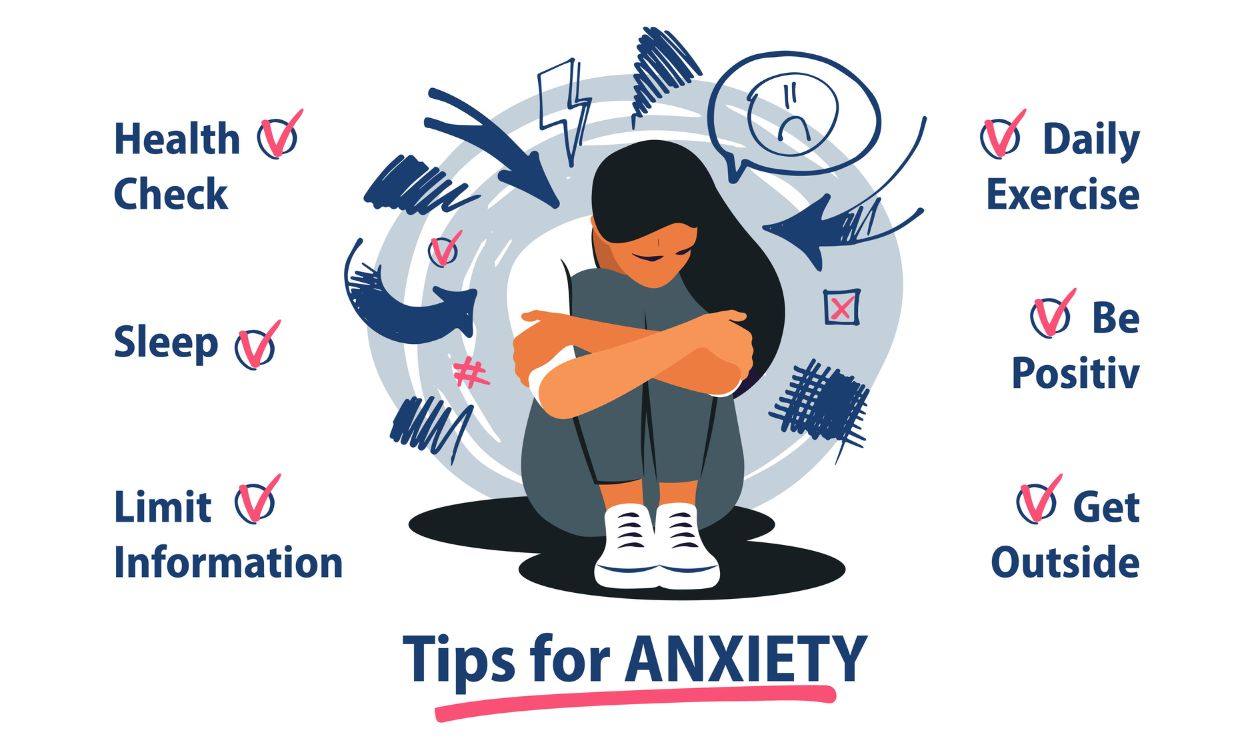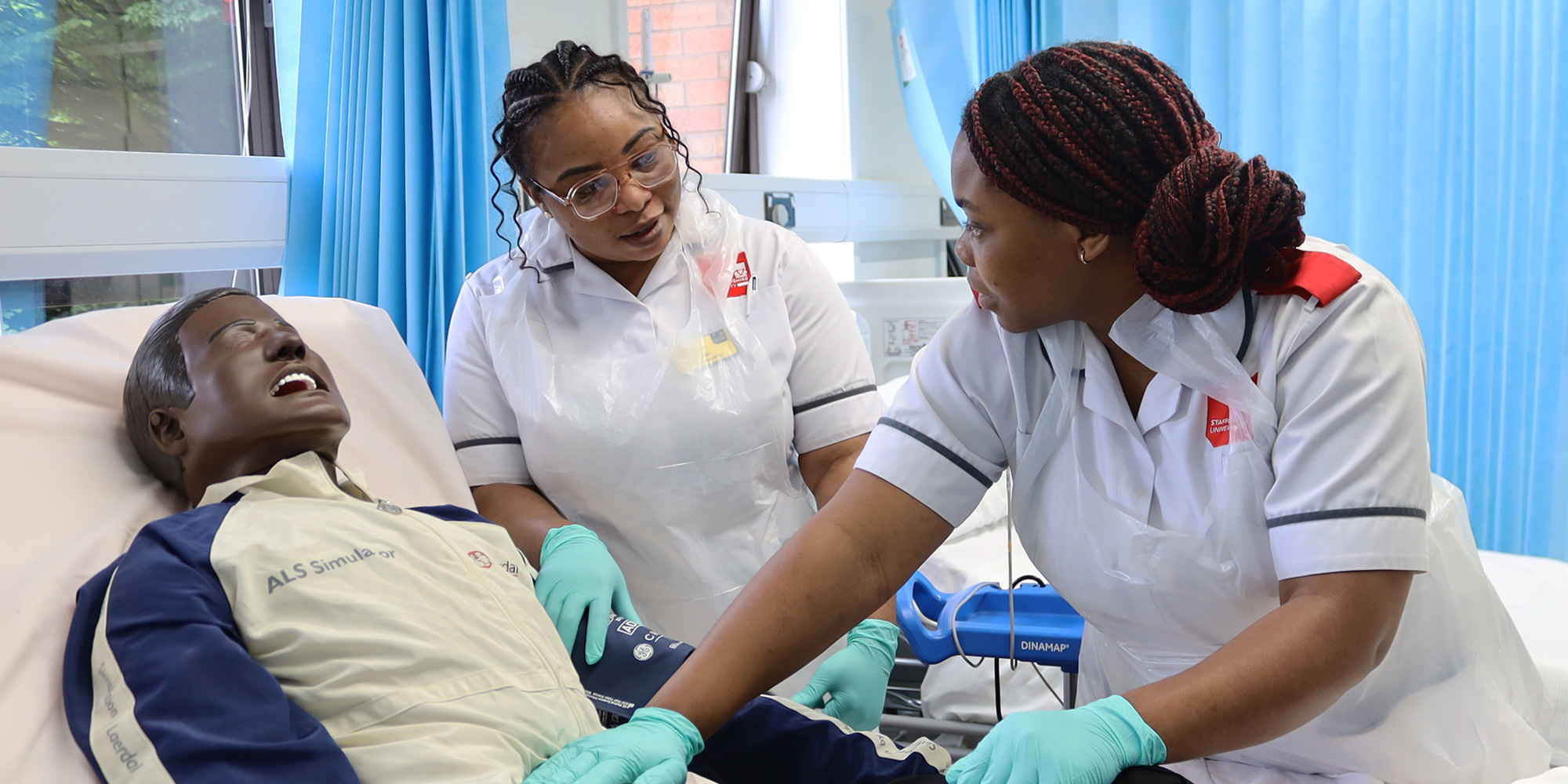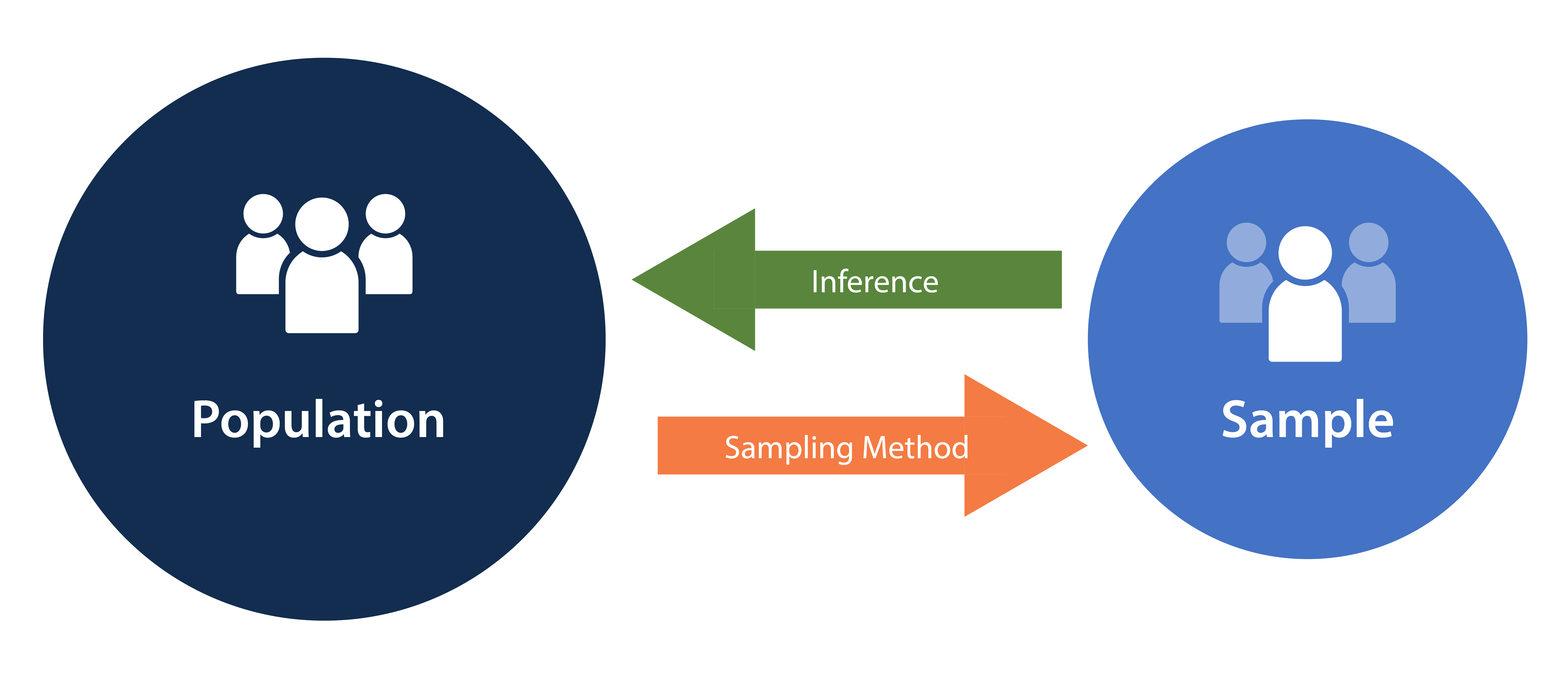Capital Budget Proposals
Capital Budget Proposals
Wanting to surface as many good ideas as possible, your organization has invited all employees to submit capital budget proposals that would help the organization respond to industry trends and achieve its mission and strategic goals. Employees who submit a proposal that is accepted for implementation will receive a $2,500 bonus.
Review the website and financial statements from your organization (the organization you have selected for your final project—Venice Family Clinic – https://venicefamilyclinic.org/). Identify a capital budget item that you will use as the basis of your capital budget proposal. Note that while you will submit a single proposal, your proposal might include multiple items. For example, you might propose that the organization acquire a new piece of equipment. Implementation of that item (the equipment) might require additional items such as software, spare parts, etc.
For Further Instructions on this assignment, please see the 4-2 Capital Budget Items Guidelines and Rubric. Please also look at Final Project Milestone 1 attached for guidance as it’s part 1 of this project.

Step 1: Identify Capital Budget Item
Based on the Venice Family Clinic’s needs and its current healthcare landscape, I propose the acquisition of telehealth equipment as a capital budget item. Telehealth has emerged as a key trend in healthcare delivery, particularly following the COVID-19 pandemic, which highlighted the need for remote healthcare services.
Why Telehealth?
- The clinic’s mission is to provide healthcare to underserved populations. Telehealth expands access to these populations, especially those with transportation barriers.
- It aligns with industry trends that emphasize digital health solutions.
- The clinic would be able to offer services like remote consultations, follow-ups, and chronic disease management, which can improve patient outcomes and reduce costs.
Step 2: Components of the Proposal
The capital budget proposal includes the following components:
- Telehealth Equipment: A set of telehealth units (including computers, cameras, and diagnostic tools).
- Software Solutions: Implementation of secure telemedicine software compliant with Health Insurance Portability and Accountability Act (HIPAA) to protect patient information.
- Training: Necessary training programs for staff to ensure effective use of telehealth technology.
- IT Infrastructure Upgrade: The clinic may require an upgrade in its IT infrastructure to support the new technology and ensure reliable internet connectivity.
Step 3: Financial Considerations
- Initial Cost: The upfront cost for telehealth equipment and software may be substantial. Based on industry estimates, initial implementation may range from $100,000 to $200,000 depending on the scale.
- Operational Savings: The long-term savings from fewer in-person consultations and better chronic care management can offset these costs.
- Return on Investment (ROI): The ROI comes from increased patient capacity, better service delivery, and the possibility of billing for telehealth services, which can generate revenue.
Step 4: Strategic Fit
The telehealth program aligns with the Venice Family Clinic’s strategic goals of increasing patient access, particularly for underserved communities, and improving healthcare outcomes. It also prepares the organization to meet future challenges, such as potential changes in healthcare reimbursement models that favor value-based care and digital health solutions.
Step 5: Summary of Proposal
The proposal seeks to implement telehealth technology to improve patient care access, enhance operational efficiency, and align with current healthcare industry trends. The inclusion of software, training, and necessary infrastructure ensures a comprehensive approach to adapting telemedicine at Venice Family Clinic.
Conclusion
This capital budget proposal of telehealth implementation will help Venice Family Clinic respond to industry trends, provide more efficient healthcare to underserved populations, and remain competitive in the healthcare space. The initial investment, though substantial, is offset by potential long-term savings and improved patient outcomes, which align with the organization’s mission of providing high-quality healthcare to those in need.
References
Reed, M. E., Huang, J., Graetz, I., Lee, C., Muelly, E., Kennedy, C., & Kim, E. (2020). Telehealth usage among people with diabetes and obesity during COVID-19: Rapid growth in virtual visits but ongoing digital divide. Journal of Medical Internet Research, 22(12), e26874. https://www.jmir.org/2020/12/e26874/
American Hospital Association. (2020). Telehealth: A Path to Virtual Integrated Care. https://www.aha.org/system/files/media/file/2020/05/telehealth-a-path-to-virtual-integrated-care.pdf










